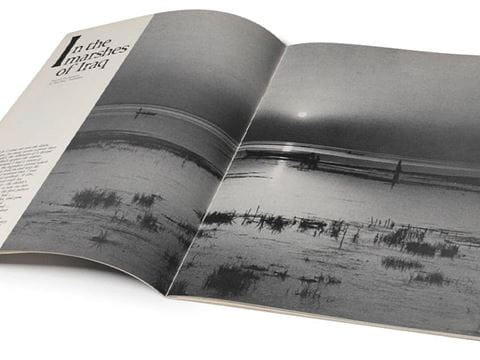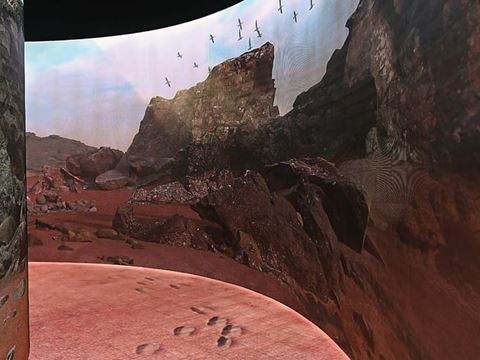FirstLook: The Sphinx Imagined
Two summers ago I was browsing several hundred vintage postcards contained in narrow boxes all piled up in a Stillwater, Minnesota, antiques store...I came across several postcards that each featured an imagined sphinx as seen in natural rock formations.

Two summers ago I was browsing several hundred vintage postcards contained in narrow boxes all piled up in a Stillwater, Minnesota, antiques store. I was searching for images of Middle Eastern architectural motifs and styles found in the American-built environment, and I came across several postcards that each featured an imagined sphinx as seen in natural rock formations. Intrigued, I checked out postcard collector sites online and found more. Now my “Imagined Sphinx” postcards, destined to be part of a much larger collection of Middle Eastern Americana at the UCLA Young Research Library, number about two dozen. They show structures and formations mostly in the US but also around the world, notably in England and France—the two colonial powers that impacted the course of Egyptian history in the 19th and 20th centuries—as well as Switzerland, Romania, Turkey, Kazakhstan and Vietnam. And while the people who named these sites may have never themselves actually visited the Sphinx of Giza, Egypt, guardian of the Great Pyramids, they knew of it through textbooks, prints, paintings, photographs and perhaps even other postcards, from which they appropriated, for novelty and profit, the iconic edifice that has become so embedded in much of the world’s collective imagination.
—Jonathan Friedlander
oac.cdlib.org
You may also be interested in...

Spotlight on Photography: Discover the Marshes of Iraq in a Visual Story by Wilfred Thesiger
Arts
History
“In the Marshes of Iraq” — November/December 1966
Ithra Explores Hijrah in Islam and Prophet Muhammad
History
Arts
Avoiding main roads due to threats to his life, in 622 CE the Prophet Muhammad and his followers escaped north from Makkah to Madinah by riding through the rugged western Arabian Peninsula along path whose precise contours have been traced only recently. Known as the Hijrah, or migration, their eight-day journey became the beginning of the Islamic calendar, and this spring, the exhibition "Hijrah: In the Footsteps of the Prophet," at Ithra in Dhahran, Saudi Arabia, explored the journey itself and its memories-as-story to expand understandings of what the Hijrah has meant both for Muslims and the rest of a the world. "This is a story that addresses universal human themes," says co-curator Idries Trevathan.
How to Discover Egypt From the Inside Out
Arts
Rather than just telling travelers where to go, the guidebook Egypt: Inside Out by Trevor Naylor offers an inside-out perspective that evokes the experience of being there, inviting readers to embrace an almost meditative travel discipline of slowing down to take in the details and complexities of Egypt, moment by moment.